The Holistic Approach to Physical Therapy: A Comprehensive Perspective
In the realm of healthcare, a holistic outlook recognizes the intricate connections between our body, mind, and emotions. This integrated view finds a natural fit in physical therapy, giving rise to holistic approaches. In this article, we’ll delve into the essence of holistic physical therapy, exploring its principles, benefits, and how it offers a comprehensive solution for individuals seeking recovery and enduring well-being.
Grasping the Essence of Holistic Physical Therapy: A Multi-Faceted Lens
Holistic physical therapy departs from the traditional view that targets isolated physical symptoms. Instead, it acknowledges the human body as a complex system where physical health, emotional wellness, cognitive clarity, and even spiritual vitality are intertwined. Rather than isolating a single issue, holistic physical therapy embraces the person as a whole.
Core Principles of Holistic Physical Therapy: A Synergetic Fusion
- Personalized Care: Holistic physical therapy commences with a thorough assessment of one’s physical status, medical background, lifestyle, and even emotional state. This data forms the bedrock for tailoring a treatment plan that resonates with the individual’s unique needs.
- Mind-Body Link: Appreciating the profound connection between the mind and body, holistic physical therapy integrates techniques that address emotional stressors and psychological elements contributing to physical distress. Mindfulness practices, relaxation techniques, and biofeedback all play a role in advancing the healing process.
- Preventive Focus: Holistic physical therapy stretches beyond treatment to underscore prevention. Individuals are educated about lifestyle adjustments, ergonomic practices, and exercises that can uphold their physical wellness over the long term.
- Nutrition and Well-being: Holism acknowledges that nutrition plays a pivotal role in healing. Nutritional guidance is often woven into the treatment plan, acknowledging that proper nourishment supports the body’s recovery.
- Collaborative Network: A holistic approach places value on collaboration among healthcare professionals. Physical therapists often work in synergy with other specialists like nutritionists, psychologists, and even spiritual counselors, weaving a comprehensive support system.
Advantages of Holistic Physical Therapy: A Multi-Faceted Influence
- Wholistic Healing: By encompassing physical, emotional, and cognitive dimensions, holistic physical therapy seeks comprehensive healing. This approach goes beyond addressing physical symptoms to embracing the entirety of the person.
- Sustained Wellness: Holistic physical therapy arms individuals with tools for sustaining well-being beyond the treatment phase. Clients learn self-care techniques, stress management, and healthy habits that contribute to their prolonged wellness.
- Diminished Recurrence Risk: With its prevention emphasis, holistic physical therapy aids individuals in recognizing potential triggers and risk factors. Addressing these aspects minimizes the likelihood of recurrent issues or injuries.
- Elevated Life Quality: The mind-body connection significantly influences the overall quality of life through holistic therapy. Enhanced emotional equilibrium and decreased stress can lead to heightened vitality and a more gratifying life.
Holistic Physical Therapy in Practical Application: A Personal Expedition
Visualize an individual recuperating from a sports-related injury. Within a holistic physical therapy framework, the treatment plan extends beyond physical exercises. The therapist might delve into the emotional aftermath of the injury, assisting the individual in addressing fears or anxieties linked to resuming their sport. Nutritional advice could hasten the recovery process, while mindfulness practices might assist in pain management during rehabilitation. The objective is not solely to mend the body but to ensure that the person emerges from the experience fortified in body, mind, and spirit.
Embracing the Holistic Passage: Navigating the Odyssey
Should you contemplate embarking on a holistic physical therapy journey, consider these steps:
- Research: Seek out physical therapists or clinics that explicitly endorse holistic approaches. Scrutinizing reviews and seeking personal recommendations aids in locating a practitioner in alignment with your aspirations.
- Transparent Dialogue: Once a suitable therapist is identified, engage in an open conversation about your goals, concerns, and any emotional or cognitive factors impacting your condition. This dialogue forms the cornerstone of your tailored treatment plan.
- Active Engagement: Active participation is pivotal in holistic physical therapy. Prepare to immerse yourself in exercises, relaxation techniques, and any other strategies your therapist prescribes. Consistency remains a pivotal factor.
- Mind-Body Concord: Embrace the notion that your mind and body are interlinked. Be receptive to exploring mindfulness, relaxation, and other techniques that might initially appear novel.
- Sustainable Wellness: Holistic physical therapy extends beyond immediate relief; it charts a course toward enduring wellness. Apply the insights and techniques you acquire to your daily existence to continue nurturing your well-being.
Culmination: The Holistic Panorama of Healing
Holistic techniques in physical therapy prompt us to perceive ourselves as intricate entities with intertwined layers of well-being. By acknowledging the interplay between mind, body, and soul in our health, we embark on a journey that surpasses symptom alleviation. Holistic physical therapy doesn’t substitute conventional methods; it complements them, enriching the healing process. Whether pursuing relief from a particular ailment, managing a chronic condition, or striving for supreme vitality, the holistic path presents a spectrum of strategies harmonizing with the core of your being

